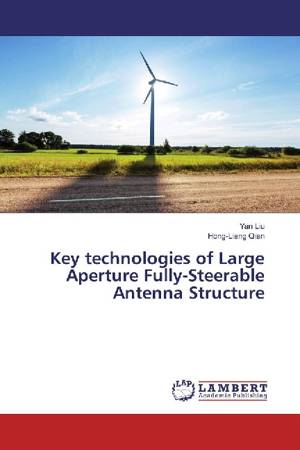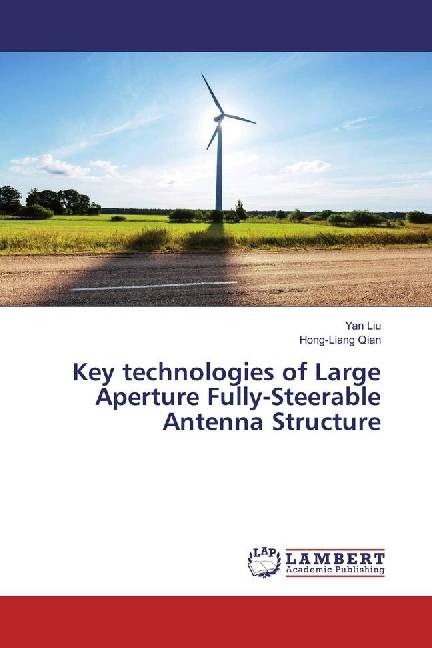
- Afhalen na 1 uur in een winkel met voorraad
- Gratis thuislevering in België vanaf € 30
- Ruim aanbod met 7 miljoen producten
- Afhalen na 1 uur in een winkel met voorraad
- Gratis thuislevering in België vanaf € 30
- Ruim aanbod met 7 miljoen producten
Zoeken
Key technologies of Large Aperture Fully-Steerable Antenna Structure
Yan Liu, Hong-Liang Qian
Paperback | Engels
€ 35,45
+ 70 punten
Omschrijving
Chinese Academy of Sciences, National Development and Reform Commission and the Xinjiang Uygur Autonomous Region will unite together to construct a large all-movable radio telescope which has an aperture of 110m diameter in the county of Qitai. It will be the largest all-movable radio telescope on the ground to achieve the most advanced level in the world after it is put into use. Yet if such large radio telescope is built, the most prominent problems from the structure techniques are listed as follows. There are several improper points in the conventional structure style. Only the gravity load seriously reduces the reflector surface precision (which is called as RMS for short, Root Mean Square) and restricts its performance. Meanwhile, many kinds of upwind profiles cause complicated wind pressure distribution to reflector surface. Moreover, non-uniform temperature deformation caused by solar effect inevitably affects the RMS surface, especially solar cooker problem in the secondary reflector because of the electromagnetic wave focusing also should be paid attention to.
Specificaties
Betrokkenen
- Auteur(s):
- Uitgeverij:
Inhoud
- Aantal bladzijden:
- 56
- Taal:
- Engels
Eigenschappen
- Productcode (EAN):
- 9783659129056
- Uitvoering:
- Paperback
- Afmetingen:
- 150 mm x 220 mm

Alleen bij Standaard Boekhandel
+ 70 punten op je klantenkaart van Standaard Boekhandel
Beoordelingen
We publiceren alleen reviews die voldoen aan de voorwaarden voor reviews. Bekijk onze voorwaarden voor reviews.











